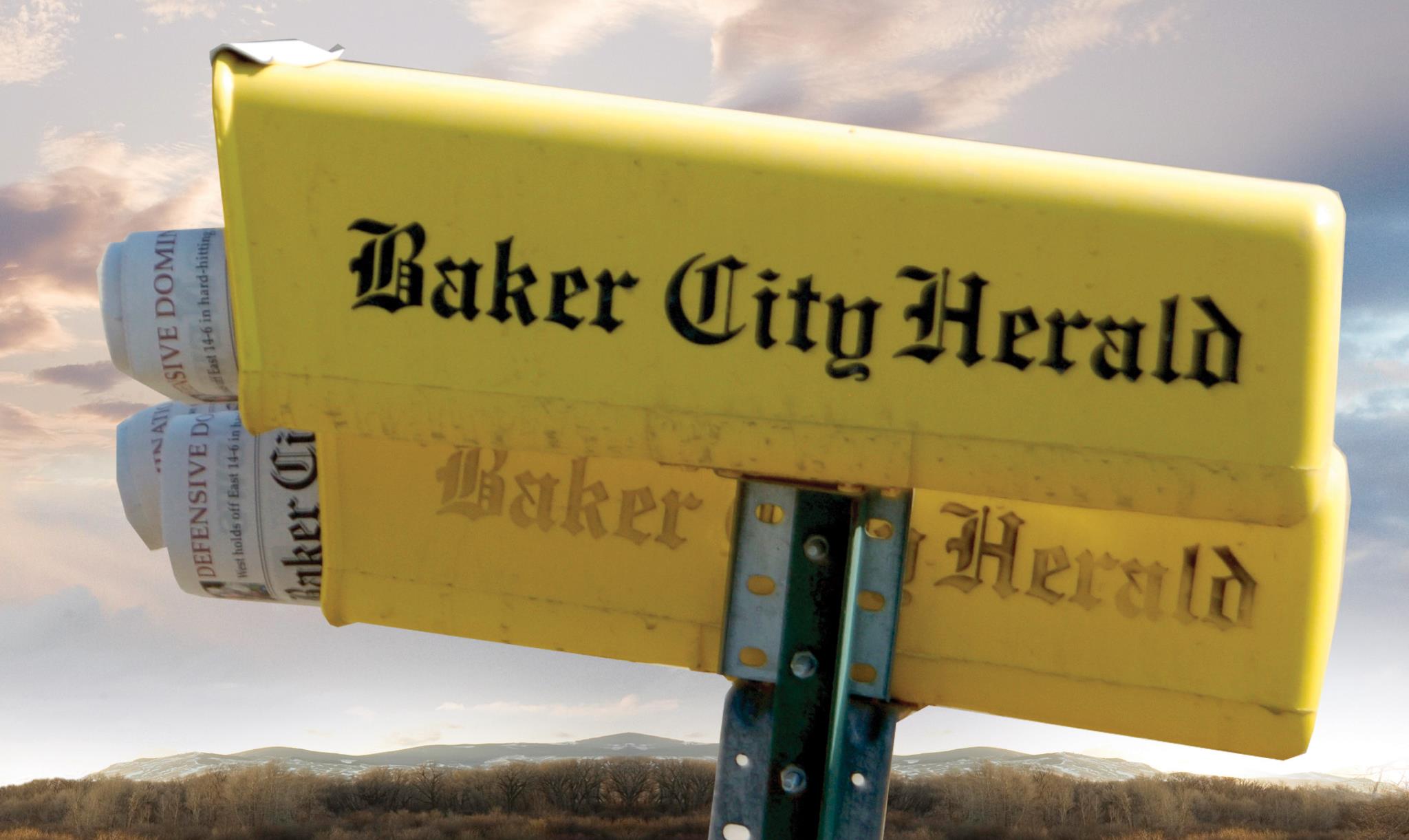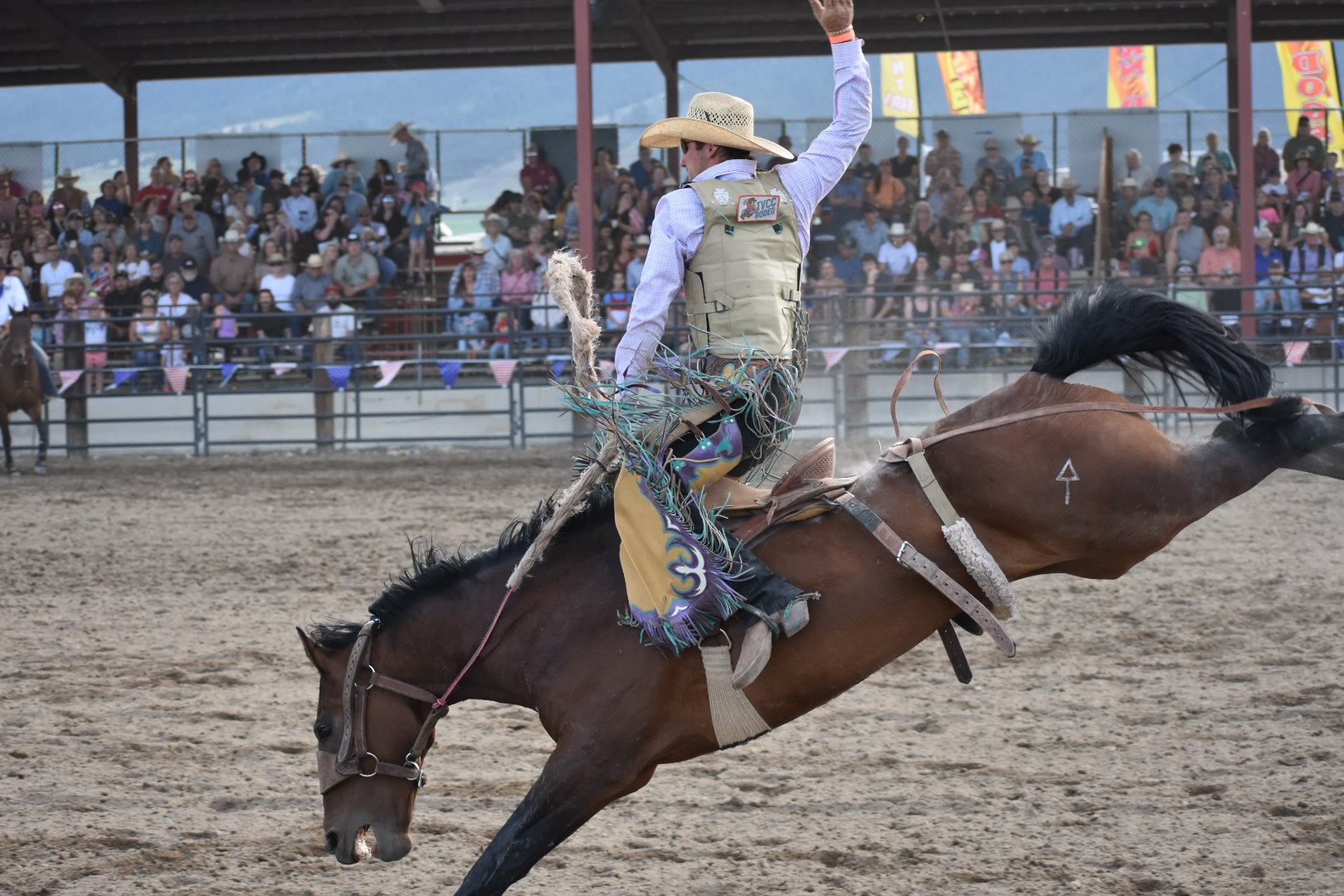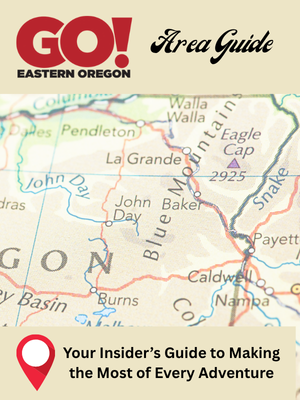A snowdrift’s demise severs the link with winter
Published 12:35 pm Friday, July 28, 2017
My final tangible link to the great winter ended as I walked west toward the Elkhorns in the heat of a recent afternoon.
(Which almost every afternoon has been during this torrid July.)
It did not go suddenly.
I sensed the break gradually, in the way that you sometimes feel beads of sweat coalesce on the nape of your neck and then slide, with exquisite tickling slowness, down your back.
As I do every summer, I had been tracking the progress of the season not by the temperature or the movements of celestial bodies but by the snowdrifts glinting from the Elkhorns’ sedimentary cliffs and talus fields.
I find this a pleasant diversion. Although I need no particular reason to look at the mountains, no matter the month.
The curious trick that grand mountains can pull off, to alter their appearance so dramatically, and sometimes within just a handful of minutes, seems to me eternally fascinating.
The Elkhorns can look hard and soft, blue and white and gray, as majestic as a Wagnerian opera and as mysterious as a Tolkien epic, depending on the whims of weather and clouds and the angle and quality of the light that illuminates their ridges and canyons and peaks.
I dislike the trite cliché that mountains “never look the same way twice” or some such, but there is a kernel of truth to the saying.
Anyway there is a particular place in the Elkhorns that serves as my personal bellwether, the fulcrum each year when winter finally and completely tips in deference to its opposite.
This is not, however, the last spot where snow lingers on the Elkhorns.
Indeed I expect white specks will still be visible in the fissures on the east face of Elkhorn Peak into August, though July’s incessant heat has steadily eroded even those sun-sheltered snowfields.
The spot that lures my eyes lies farther north, on the ridge between North Pine and Rock creeks. This ridge, a sort of scapula of Hunt Mountain, catches a considerable amount of snow, deposited there by winter gales.
I chose this particular snowdrift — or perhaps it chose me; who is to say how these things come about — in part because I stood in that precise spot on a July day many years back, a day when the sun had turned the snow to slush that seeped into my boots and sent my toes temporarily back to January.
Besides which I can see the drift from my backyard, which is convenient.
I can also pick out the drift at some point during my daily wandering about town. I get a tiny thrill when I realize snow still lies there, even as I’m walking across scorching asphalt, an experience akin to opening an oven to check on a pepperoni pizza or a batch of chocolate chip cookies.
(But with a less inviting aroma.)
On this particular afternoon I had just stepped across the railroad tracks at the Auburn Avenue crossing when I started searching for the drift. This is a fine vantage point, as the buildings on the Ellingson lumber mill site aren’t tall enough to block the view.
At first I thought I detected the telltale white glimmer. But it was a speck of grit on the lens of my sunglasses.
I continued to gaze at the ridge as I neared my house — looking down occasionally to avoid blundering into traffic or plunging into the barrow pit, which at best would be embarrassing and at worst lead to a doctor using the term “radical experimental surgery” in my presence.
After a few minutes of careful scanning, though, I was satisfied that “my” drift was gone, the ground there likely to remain snow-free until the first autumn flurry.
I pondered this later, afflicted by a sadness that I recognized as silly but was real just the same, as I rocked gently in a bench in the balm-like shade of our big ash tree.
I looked at the rain barrel standing beside the house’s southwest corner and I remembered the January days when the snow, augmented by the tons I had shoveled from the roof, rose almost to the barrel’s lid, which itself comes up about even with my sternum.
I thought about the twin potentilla bushes that flank our gate. For many weeks this winter they were all but buried, with only a stray branch thrusting from the snow like a tuft of hair that refuses to lie flat. But on the fevered afternoon, as I sat there gliding back and forth, the shrubs had regained their roundness, the yellow blossoms bright and visited often by honeybees.
I recalled, with a pleasant nostalgia, the hours I spent shoveling in the frigid twilight, hacking at the consolidated walls of snow so tall I could nearly climb straight onto the roof, something I had never so much as considered during my previous 21 winters on the place.
The last scrap of that snow had gone long ago, of course, the victim of a mild March wind.
But the drift on that high Elkhorn ridge, 5,000 feet above, had preserved those winter memories for me, protected them from the dog’s breath of a July breeze that defied the very notion of the snow shovel and the frozen nostril hairs.
That its demise was inevitable made it no less noteworthy.
And at that moment the air conditioner seemed a trifle louder.
Jayson Jacoby is editor of the Baker City Herald.









